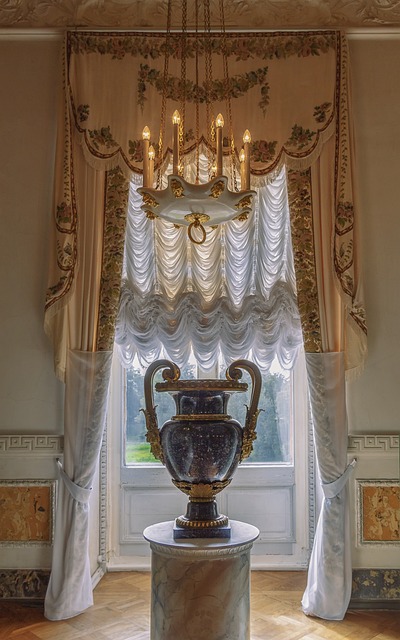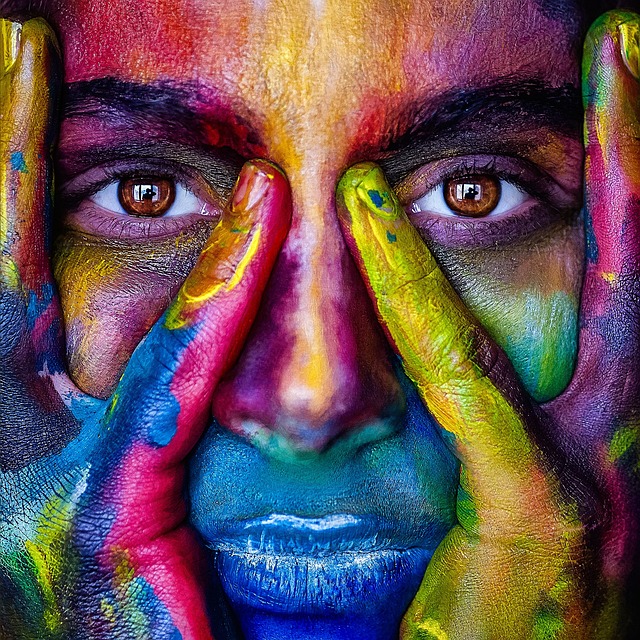A Journey Through Time: The Evolution of Art Museums
The concept of art museums has evolved significantly from their inception in ancient times to the diverse and dynamic institutions we see today. This journey through time highlights the important transformations in the role, structure, and significance of art museums, establishing them as crucial custodians of culture, education, and inspiration.
The Origins of Art Collections
The roots of art museums can be traced back to the ancient civilizations of Mesopotamia, Egypt, Greece, and Rome. Even in these early societies, the collection of art was integral to cultural identity and the appreciation of beauty. In ancient Egypt, for example, art was often created for religious and ceremonial purposes. Sculptures, hieroglyphics, and paintings adorned tombs and temples, serving both functional and decorative roles.
In a similar vein, the Greeks established the practice of individual collection, where wealthy citizens would accumulate various art forms, including sculpture and pottery. These private collections laid the groundwork for the idea of preserving and showcasing art, although in private rather than public settings.
The Birth of Public Museums
The true evolution of art museums began during the Renaissance period in Europe. As the interest in art flourished, several monarchs and wealthy patrons initiated collections that were not merely for personal enjoyment but were intended for public viewing. One of the earliest examples is the Uffizi Gallery in Florence, Italy, which was established in the 16th century and opened to the public in 1765.
Simultaneously, various cabinet of curiosities emerged throughout Europe, where enthusiasts showcased a variety of artifacts, including art. These collections not only included paintings and sculptures but also rare natural specimens, antiquities, and cultural artifacts, reflecting the curiosity and diversity of human experience.
The Enlightenment and the Age of Reason
The Age of Enlightenment in the 18th century marked a significant paradigm shift in the way art was perceived and appreciated. With an emphasis on rational thought and humanism, art began to be viewed as more than mere decoration; it became a means of education and cultural reflection. The establishment of the British Museum in 1753 exemplified this shift, as it became one of the first institutions to prioritize the understanding and study of art within a broader historical and scientific context.
During this time, other major public museums began to arise across Europe, such as the Louvre in Paris. Founded originally as a royal palace, it was transformed into a public museum during the French Revolution. The Louvre quickly amassed a treasure trove of art, welcoming individuals from all walks of life to experience the artistic achievements of history.
The 19th Century: Democratization of Art
The 19th century saw an unprecedented expansion of art museums and collections, coinciding with the rise of modernity and industrialization. This period was characterized by the democratization of art, where access to artistic works became available to the general public rather than restricted to the elite. This change was driven by the belief that exposure to art should be a shared experience, fostering appreciation and education among diverse populations.
The opening of institutions like the National Gallery in London in 1824 and the Metropolitan Museum of Art in New York in 1880 reflected this ethos. Art became accessible to a growing middle class, supported by public interest in the arts and the establishment of government funding for cultural institutions. Museums began to develop comprehensive educational programs, encouraging visitors to engage with art and its history.
The 20th Century: Modern Art and Global Perspectives
The 20th century brought significant changes to art museums as modern art movements challenged traditional aesthetic values. Schools of thought such as Impressionism, Cubism, and Surrealism significantly influenced the types of exhibitions and collections that museums hosted. Institutions adapted to accommodate these evolving art forms, creating new exhibition spaces and embracing innovative curatorial practices.
This century also saw the emergence of contemporary art, which prompted museums to shift from solely representing historical art to accommodating living artists and current trends. The Museum of Modern Art (MoMA) in New York, which opened in 1929, played a pivotal role in advocating for contemporary artists, nurturing a community where artistic experimentation was encouraged.
The latter half of the century also marked a growing awareness of global perspectives in art. As museums began to include non-Western art in their collections, they recognized the importance of multiple narratives and the need to represent diverse cultural histories. This shift culminated in the establishment of various institutions focused on specific cultural expressions, such as the Asian Art Museum in San Francisco and the National Museum of African Art in Washington, D.C.
The 21st Century: A New Era of Engagement
The dawn of the 21st century ushered in an era defined by technological advancements and evolving societal values. Art museums adapted to these changes by embracing digital technologies, enabling broader access to collections, exhibitions, and educational resources. Virtual reality, online exhibitions, and interactive experiences have transformed the way visitors engage with art, extending beyond geographical limitations.
Moreover, contemporary museums are increasingly focused on community engagement and social responsibility. Many institutions are exploring their roles in addressing issues such as social justice, environmental sustainability, and inclusion. The shift towards participatory practices invites visitors not only to observe art but also to contribute to the ongoing conversation surrounding cultural narratives and artistic expression.
The Future of Art Museums
As we look towards the future, art museums will likely continue to evolve. With the rapid pace of technological change and shifting societal expectations, museums may need to redefine their missions to keep pace with innovations in artistic expression and visitor engagement. Integration of technology, such as augmented reality and artificial intelligence, will offer new opportunities for interaction and understanding, while museums may also become more community-centered, blurring the boundaries between institution and audience.
Furthermore, as global interconnectivity increases, we may witness more collaborations between museums across different cultures and regions, fostering an exchange of ideas and practices that enrich the artistic landscape. The essence of art museums as custodians of culture and history will remain, while their definitions and functions will undoubtedly continue to expand, shaping the way we appreciate and understand art in an ever-changing world.
Conclusion
The evolution of art museums reflects not only the changing perceptions of art but also society’s values and aspirations over time. From ancient collections to contemporary institutions, these museums have become vital spaces for education, engagement, and cultural preservation. As we continue this journey through time, the future of art museums promises to be as dynamic and transformative as the art they house, serving as beacons of creativity, reflection, and human connection.


